Recessed lighting & ceiling fan installation advice
hurtdaughter
14 years ago
Related Stories
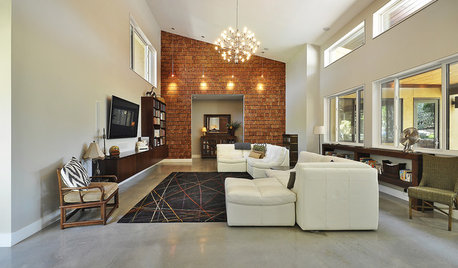
LIGHTINGReady to Install a Chandelier? Here's How to Get It Done
Go for a dramatic look or define a space in an open plan with a light fixture that’s a star
Full Story
REMODELING GUIDESContractor Tips: Advice for Laundry Room Design
Thinking ahead when installing or moving a washer and dryer can prevent frustration and damage down the road
Full Story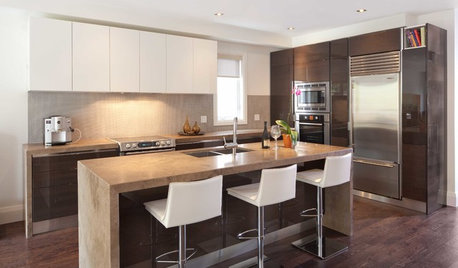
LIGHTINGGet Your Home's Recessed Lighting Right
Learn the formula for how much light a room needs plus how to space downlights, use dimmers and more
Full Story
BATHROOM DESIGNShould You Install a Urinal at Home?
Wall-mounted pit stops are handy in more than just man caves — and they can look better than you might think
Full Story
BATHROOM DESIGNDreaming of a Spa Tub at Home? Read This Pro Advice First
Before you float away on visions of jets and bubbles and the steamiest water around, consider these very real spa tub issues
Full Story
DECORATING GUIDES10 Design Tips Learned From the Worst Advice Ever
If these Houzzers’ tales don’t bolster the courage of your design convictions, nothing will
Full Story
KITCHEN DESIGNSmart Investments in Kitchen Cabinetry — a Realtor's Advice
Get expert info on what cabinet features are worth the money, for both you and potential buyers of your home
Full Story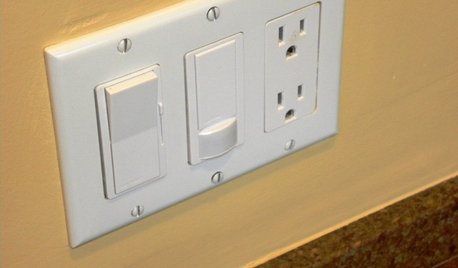
GREAT HOME PROJECTSHow to Install a Dimmer Switch
New project for a new year: Take control of your lighting to set the right mood for entertaining, dining and work
Full Story
LIFEEdit Your Photo Collection and Display It Best — a Designer's Advice
Learn why formal shots may make better album fodder, unexpected display spaces are sometimes spot-on and much more
Full Story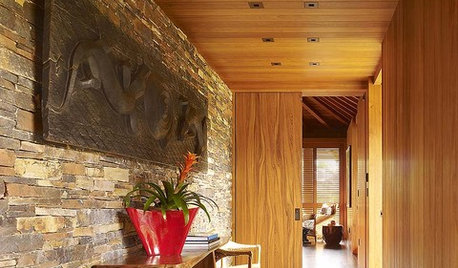
LIGHTINGRecessed Lighting 101
Looking to brighten a drab, dim space? Recessed lighting may be your answer. Here's what you need to know
Full StoryMore Discussions






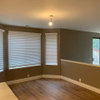
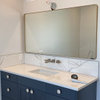
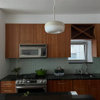
azlighting
ginger_light
Related Professionals
Lebanon Furniture & Accessories · Walnut Creek Furniture & Accessories · Newton Furniture & Accessories · Potomac Furniture & Accessories · Clinton Township Interior Designers & Decorators · Fernway Interior Designers & Decorators · Worcester Electricians · Bainbridge Island Decks, Patios & Outdoor Enclosures · Braintree Decks, Patios & Outdoor Enclosures · Cary Decks, Patios & Outdoor Enclosures · Hialeah Decks, Patios & Outdoor Enclosures · Inwood Decks, Patios & Outdoor Enclosures · Jeffersonville Decks, Patios & Outdoor Enclosures · Little Rock Decks, Patios & Outdoor Enclosures · New Albany Decks, Patios & Outdoor Enclosures